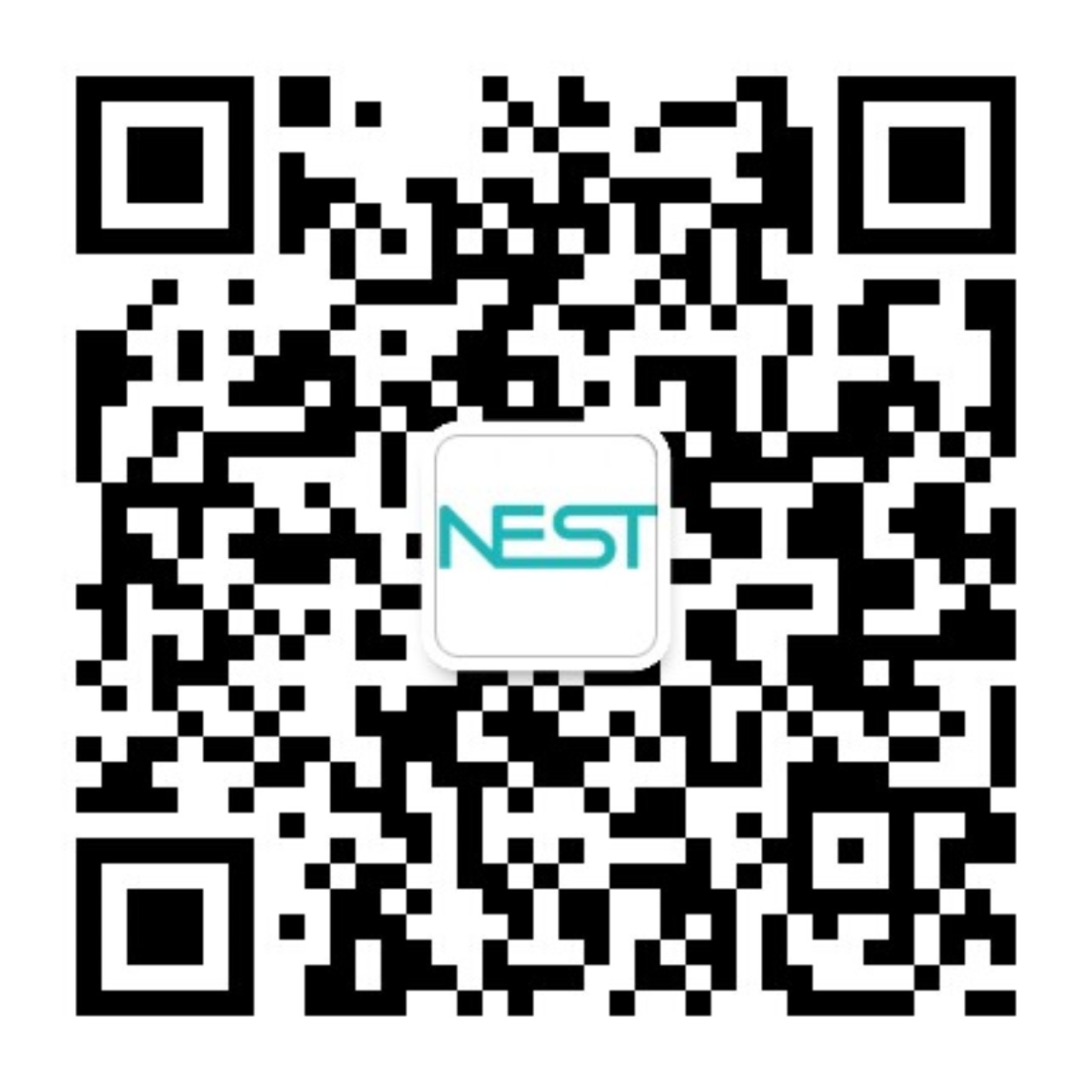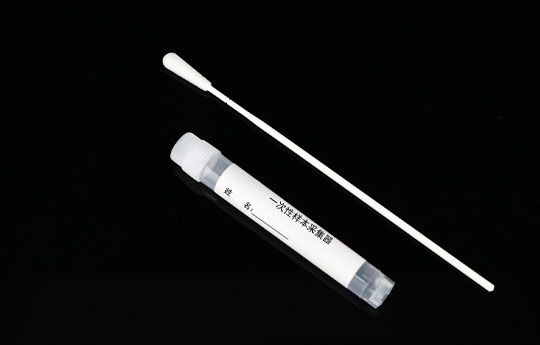
What consumables do you need for the detection of COVID-19?
During the epidemic, throat swab-kit detection has become the main detection method for the 2019-nCoV among the various detection approaches, because it’s easy to use and the cost is low, and no other devices are needed.For nucleic acid detection of samples, the common approaches include manual detection and fully automatic workstations and the latter are more efficient and more suitable for multi-sample detection.Below, we will briefly introduce the detection process and what kind of help Nest may provide in terms of consumables, to offer a more intuitive understanding of Nest’s products.
Sample Collection
“Of nothing comes nothing,” sample collection is the first step for all detections. After the outbreak of the epidemic, Nest rapidly developed a disposable sampler and successfully obtained relevant medical qualifications and quickly put it into production, to ensure the needs of the frontline.

Disposable sampler
The product may be used for collecting oropharyngeal samples of COVID-19, for which the hospitals, CDCs and other relevant units have a high demand. Presently, NEST has obtained relevant medical qualifications for the disposable sampler and has put it into production, with sufficient inventory and rapid logistics. Please contact the sales representatives from Nest for purchasing.
Process for Nucleic Acid Detection Using Kit
The nucleic acid detection steps for 2019-nCoV referred to the process interpretation published by associate researcher Han Yang from the Department of Infectious Diseases, Peking Union Medical College Hospital. A tribute to the medical personnel on the front line!
01、Sample Inactivation
Two staff accepted Level-3 medical protection enter the sample processing area or a dedicated laboratory for sample processing, opened the secondary packing of the received sample in a safety cabinet to check whether or not the main sample container is strictly sealed; after disinfecting the surface of the sealed bag, de-activated the submitted sample for 30 minutes at 56 ° C and for the de-activated sample tube, opened the innermost container in the safety cabinet, mixed the swab preservation solution well for dispensing and then for nucleic acid extraction.
02、Process of Manual Nucleic Acid Extraction
(Take the assay kit (isothermal fluorescence amplification) from TechStar as an example )
Reagent Preparation (in the reagent preparation area)
In the reagent preparation area of a gene amplification laboratory or an individual general laboratory for reagent preparation, thaw the required components from the kit, shake well and centrifuge briefly for later use. Based on the number of samples to be tested, prepare the reaction solution as the following proportion: 21.9 μL of buffer, 1 μL of DNA polymerase, 0.1 μL of AMV reverse transcriptase (RT). Negative controls and positive controls are recommended for each test. Mix the prepared reaction system well, and aliquot 23 μL into each PCR reaction tube, transfer them to the sample processing area.
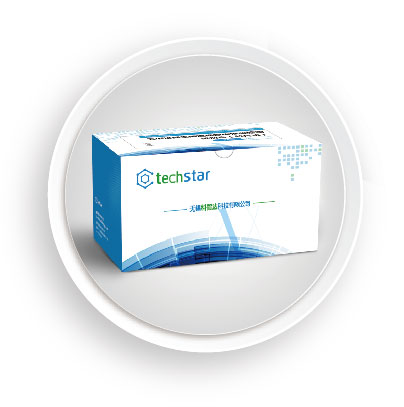
TechStar Novel Coronavirus (2019-nCoV) Nucleic Acid Assay Kit
(isothermal fluorescence amplification)
Spiking (sample processing area)
Add 2 μL of the negative control, sample nucleic acid extract and positive control into each tube to reach a final volume of 25 μL/tube, then add 25 μL of the seal solution to each tube, cap the reaction tube tightly and after instantaneous centrifugation at low speed, transfer them to the detection area for further use in PCR tests.
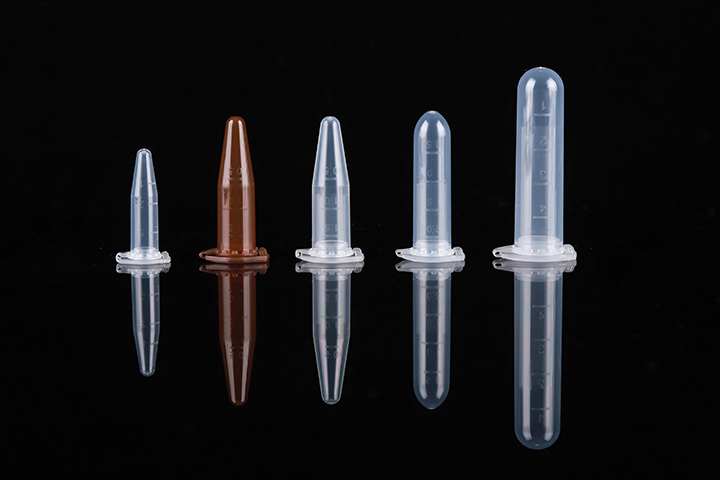
NEST microcentrifuge tubes

NEST pipette tips
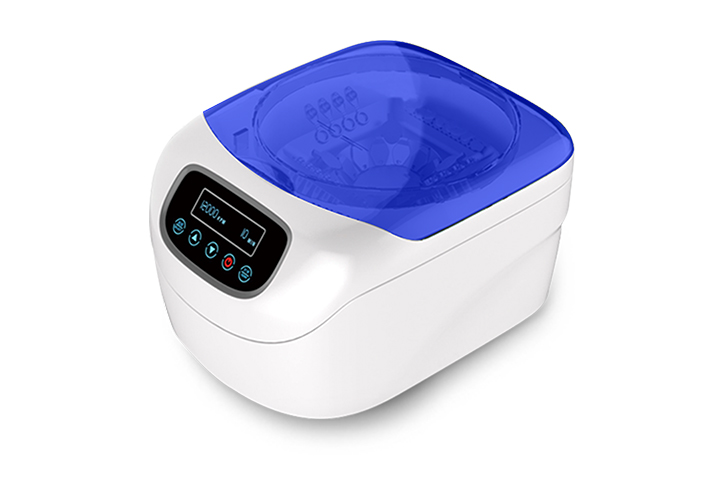
NEST centrifuge

NEST vortex mixer
03、Process of Nucleic Acid Extraction Using Nucleic Acid Isolation Machine
There is no uniform processing method due to the difference between workstations from different brands. Prepare extraction reagents per the Manuals of the nucleic acid isolation machine and reagents used and collect the nucleic acid extract as required for further use.Here, we selected some models of the common workstations in the market to explain that what kind of products Nest can offer.
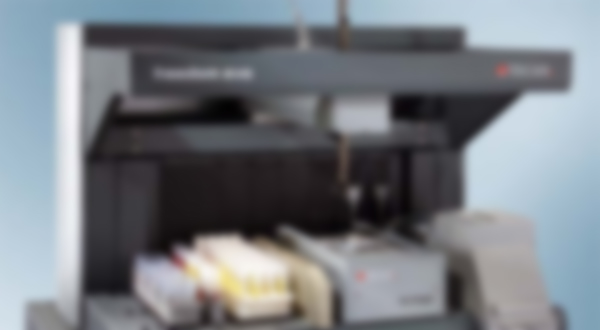
For automatic workstations, the consumables they use most are pipette tips. Nest has introduced the new conductive pipettes in addition to the regular ones.

It may be used with the TECAN fully automatic enzyme-free workstations and fully automatic sampling systems, mainly for liquid dispensing and transfer.

The deep-well plate series may be used in combination with multipass pipettes, high-throughput automatic liquid processors and respective software to allow the high-throughput operations of the biological samples.
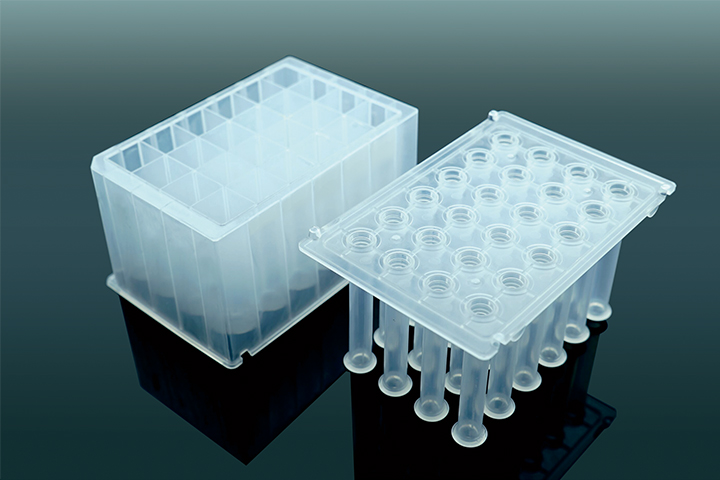
It may be applied in combination with the deep-well plates and magnetic rod covers for methods based on magnetic beads, to protect the magnetic rod from contamination and to extend its service life during the experiments using nucleic acid isolation machines.
04、Preparation, Template Dispensing and Running of the PCR System
Prepare the PCR system in the reagent preparation area of a gene amplification laboratory or a separate dedicated laboratory. Per the requirements in the kit insert, use the required volume of each component in the kit (generally including the reaction solution, enzymes, primers, etc.) for preparation. After thorough mixing and centrifugation, pass it to the nucleic acid extraction and spiking area through the transfer window or transferred by a specially-assigned person from the reagent preparation laboratory to the dedicated laboratory for nucleic acid extraction and spiking. In the bio-safety cabinet dedicated for spiking, dispense the system into each reaction tube based on the number of the samples to be tested, add the sample nucleic acid into the corresponding tube one by one, cap the PCR reaction tubes tightly; a positive control and 3 negative controls are required for each running.
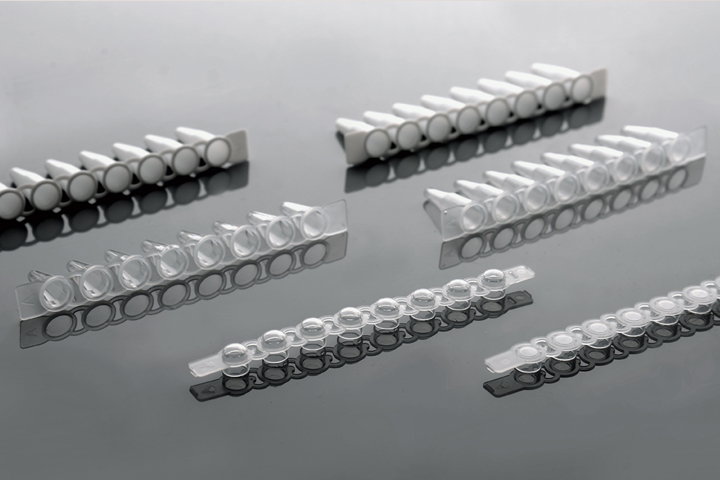
PCR 8-strip tubes
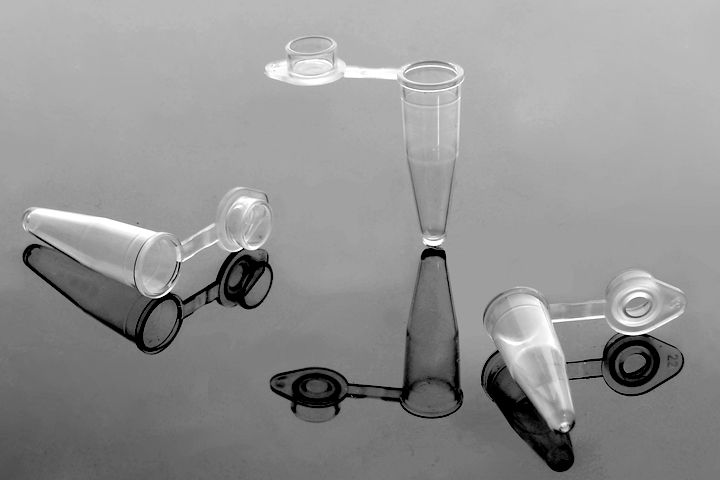
PCR individual tubes
In the amplification area or dedicated amplification laboratory, take out the prepared PCR tubes by a specially-assigned person, mix well, centrifuge, then carefully run them on the machine; set up the amplification parameters, analyze and interpret the results, in accordance with the kit insert. For the results analysis, it is required to read the kit insert carefully and comprehensively interpret the results in combination with the results of the corresponding negative controls based on understanding the technical characteristics of the kit, including sensitivity, test method, limitations, etc. After testing, in order to prevent possible amplification contamination, the used PCR tubes are not allowed to be opened or taken away from the amplification laboratory and should be sealed in the containers like sealable plastic bags and put into the designated medical waste container for further disposal.

Caps for 8-strip tubes
05、Fully Automatic Nucleic Acid Detector
This type of detectors integrates many functions including sample loading, nucleic acid extraction, PCR system constructions to allow overall process automation and completely free you from tedious manual operations.
TechStar fully automatic pathogenic microorganism nucleic acid detector
Sample in, sample out - the purification, amplification and detection of sample nucleic acids can be completed in only 60 min.
Nucleic acid workstations from other brands, various matching PCR consumables like 0.1 ml and 0.2 ml 8-strip tubes, 96-well plates are required.

PCR 96-well plates
Waste Disposal
The samples of suspected patients are sealed in the double-layer plastic bags after testing; the liquid waste, used pipette tips and other wastes from the test are put in a waste tank containing chlorine-containing disinfectants with 0.5% - 1% effective chlorine. The items above are disposed of with autoclaved sterilization. For details please consult the Biosafety Guide for 2019-nCoV Laboratory, Version 3.
Important Reminder: Because of the high infectiousness of the 2019-nCoV, the tests should be performed in a Level-2 biosafety environment and the personal protection of staff should be in accordance with Level-3 biosafety requirements. In order to avoid personal infections, cross-contamination of experiments and aerosol contamination of positive controls, it is recommended to put the devices mentioned above in a bio-safety cabinet and conduct all the experimental steps in the cabinet. Meanwhile, 30-minute inactivation at 56 ℃ before nucleic acid extraction and subsequent tests are recommended, if possible.
The article is taken from the Internet, and is reproduced for information dissemination only;
If the author does not want the article to be reproduced, please contact us.
Contact us
TEL:+86 510-6878 8698
+86 510-6878 8718
E-mail:support10@nest-wuxi.com
Website:www.cell-nest.com
